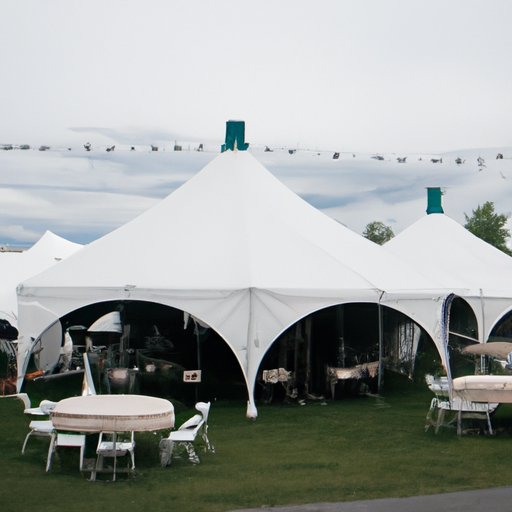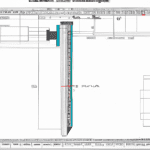What is Considered a Large Tent? Exploring Size Options for Outdoor Events
When it comes to organizing outdoor events, one of the essential considerations is the size of the tent. A tent provides shelter and creates a designated space for various activities, such as weddings, corporate gatherings, or music festivals. However, determining what is considered a large tent can be subjective and dependent on the specific event’s requirements. In this article, we will explore different size options for outdoor events and help you understand what qualifies as a large tent.
Understanding Tent Sizes
Tent sizes are typically measured in terms of their capacity or the number of people they can accommodate. However, it’s important to note that these capacities are estimations and can vary based on the layout and purpose of the event. Here are some common tent sizes and their corresponding capacities:
1. Small Tents: Small tents are suitable for intimate gatherings or events with a limited number of guests. These tents usually range from 10×10 feet to 20×20 feet and can accommodate around 10 to 40 people. They are ideal for small parties, backyard events, or trade show booths.
2. Medium Tents: Medium-sized tents are versatile and can cater to a wider range of events. With dimensions ranging from 20×20 feet to 40×60 feet, these tents can accommodate approximately 40 to 240 people. They are commonly used for weddings, birthday parties, and small corporate events.
3. Large Tents: Large tents are designed to host significant gatherings and can accommodate hundreds or even thousands of people. These tents typically range from 40×60 feet to 100×300 feet or more, depending on the event’s scale. Large tents are commonly used for music festivals, trade shows, and large-scale corporate events.
Factors to Consider
Determining the appropriate tent size for your outdoor event involves considering several factors:
1. Guest Count: The number of attendees is a crucial factor in selecting the right tent size. You need to ensure that everyone has enough space to move comfortably and enjoy the event.
2. Event Layout: Consider the layout of your event and the activities you plan to host. Will you need space for a stage, dance floor, buffet tables, or seating arrangements? These factors will influence the size and configuration of the tent.
3. Weather Conditions: If you anticipate extreme weather conditions, such as high winds or heavy rain, you may need a larger tent to provide additional stability and protection for your guests.
4. Local Regulations: Check with your local authorities or event venue regarding any regulations or permits required for erecting large tents. Some areas may have specific guidelines or restrictions.
Conclusion
In summary, what is considered a large tent depends on the specific needs of your outdoor event. Small tents are suitable for intimate gatherings, while medium-sized tents can accommodate a wider range of events. Large tents are designed for significant gatherings and can host hundreds or even thousands of people. Consider factors such as guest count, event layout, weather conditions, and local regulations to determine the appropriate tent size for your outdoor event. By selecting the right tent size, you can ensure a comfortable and enjoyable experience for all attendees.




